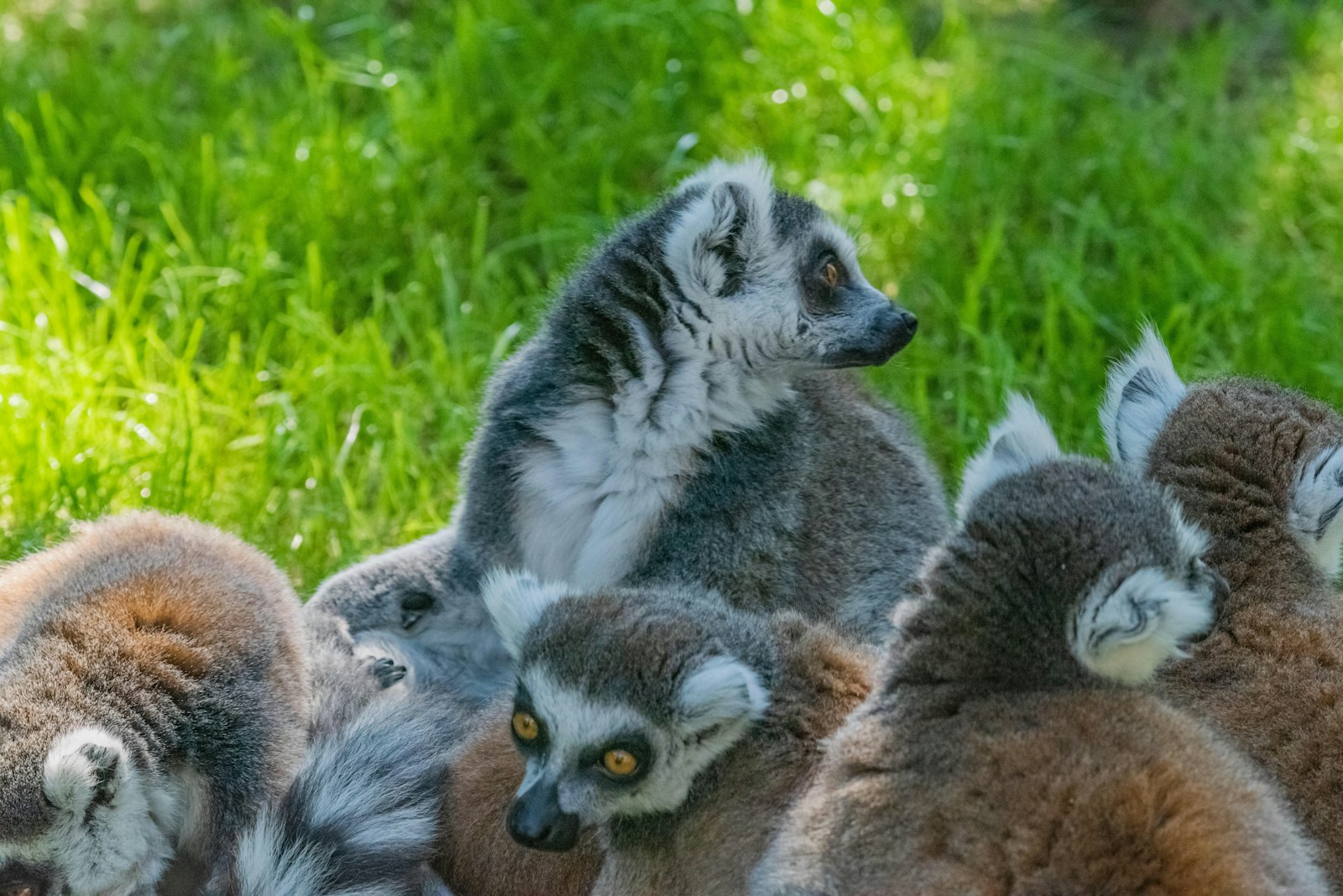A Heartwarming Story
In a bustling city, a stray dog named Bella roamed the streets, searching for food and shelter. She had once been a beloved pet, but circumstances led her to a life of uncertainty. One rainy evening, Bella found refuge under a park bench, shivering from the cold. Meanwhile, a compassionate passerby named Alex noticed her plight. Moved by Bella’s condition, he contacted a local animal rescue organization. This simple act of kindness not only changed Bella’s life but also highlighted the critical role that animal rescue organizations play in protecting vulnerable animals.As we explore the world of animal protection and rescue, we will delve into the activities of these organizations, the challenges they face, and how raising public awareness can lead to more effective solutions for stray animals.
The Role of Animal Rescue Organizations
Animal rescue organizations are dedicated to saving animals in distress, providing them with necessary medical care, and finding them loving homes. These organizations operate on various levels, from grassroots volunteer groups to larger nonprofits.
1. Rescue Operations
Rescue operations are at the heart of what these organizations do. They respond to reports of abandoned or abused animals, often working tirelessly to provide immediate assistance. For instance, organizations like the Society for the Prevention of Cruelty to Animals (SPCA) have hotlines for emergency situations where individuals can report animals in distress.
- Emergency Response: Trained staff and volunteers assess situations involving stray or injured animals and coordinate rescues. This may involve transporting animals to veterinary clinics for urgent care.
- Foster Programs: Many organizations rely on foster homes to care for rescued animals until they can be adopted. This approach reduces overcrowding in shelters and provides a more comfortable environment for recovery.
2. Public Education and Awareness
Raising public awareness about animal welfare is essential for encouraging responsible pet ownership and reducing the number of stray animals.
- Educational Campaigns: Organizations conduct workshops and seminars on topics such as spaying/neutering, responsible pet ownership, and recognizing signs of animal abuse.
- Community Outreach: Many rescues organize community events to engage with the public, providing information about their work and how individuals can help. These events often include adoption drives, where potential pet owners can meet adoptable animals.
3. Advocacy and Legislation
Animal rescue organizations often engage in advocacy efforts to promote animal welfare legislation at local, state, and national levels.
- Legal Protections: By lobbying for stronger animal protection laws, these organizations aim to reduce cruelty and improve living conditions for all animals. For example, campaigns may focus on banning puppy mills or promoting stricter penalties for animal abuse.
- Collaboration with Government Agencies: Many rescues work alongside government bodies to implement policies that protect stray animals and promote adoption over euthanasia.
Challenges Faced by Animal Rescue Organizations
While the mission of animal rescue organizations is noble, they face numerous challenges that can hinder their effectiveness.
1. Funding Constraints
Many rescue organizations operate on tight budgets primarily funded by donations and grants. Limited financial resources can restrict their ability to provide adequate care for rescued animals or expand their outreach programs.
- Sustainability Issues: Without consistent funding streams, organizations may struggle to maintain operations or expand their services to meet growing community needs.
2. Overpopulation Crisis
The overpopulation of stray animals remains a pressing issue in many communities. High numbers of unspayed or unneutered pets contribute to an overwhelming number of strays entering shelters each year.
- Euthanasia Rates: In some areas, shelters may resort to euthanasia due to lack of space or resources. This tragic outcome underscores the importance of spaying/neutering initiatives that many organizations promote.
3. Public Perception
Despite their efforts, animal rescue organizations often face misconceptions about their work or the animals they save.
- Stigmas Surrounding Strays: Some people may view stray animals as dangerous or untrustworthy without understanding their circumstances. Educating the public about the realities of stray life can help change perceptions and encourage adoption.
How Individuals Can Make a Difference
Raising awareness about animal welfare is crucial in supporting rescue organizations and improving conditions for stray animals. Here are several ways individuals can contribute:
1. Adoption Over Purchase
Choosing to adopt rather than purchase pets from breeders or pet stores significantly impacts reducing stray populations. By adopting from shelters or rescues, individuals give deserving animals a second chance at life.
2. Volunteering Time
Many organizations rely on volunteers to assist with various tasks—from fostering animals to helping with administrative duties or organizing events. Volunteering not only supports these organizations but also provides valuable hands-on experience in animal care.
3. Donating Resources
Financial contributions are vital for sustaining rescue operations; however, donations don’t always have to be monetary. Organizations often appreciate donations of supplies such as food, blankets, toys, or medical supplies.
4. Spreading Awareness
Sharing information about local rescue efforts through social media platforms can help raise awareness within communities. Individuals can share success stories of rescued animals or promote upcoming adoption events to encourage others to get involved.

Conclusion: A Call to Action
Bella’s story is just one among countless tales that illustrate the importance of animal protection and rescue efforts across the globe. By supporting these organizations through adoption, volunteering, donations, and spreading awareness, we can collectively make a significant impact in improving the lives of stray animals.As we raise our voices in support of animal welfare initiatives and advocate for change within our communities, we create a brighter future for all creatures great and small. Together, we can ensure that every animal receives the compassion they deserve—transforming lives one rescue at a time.
